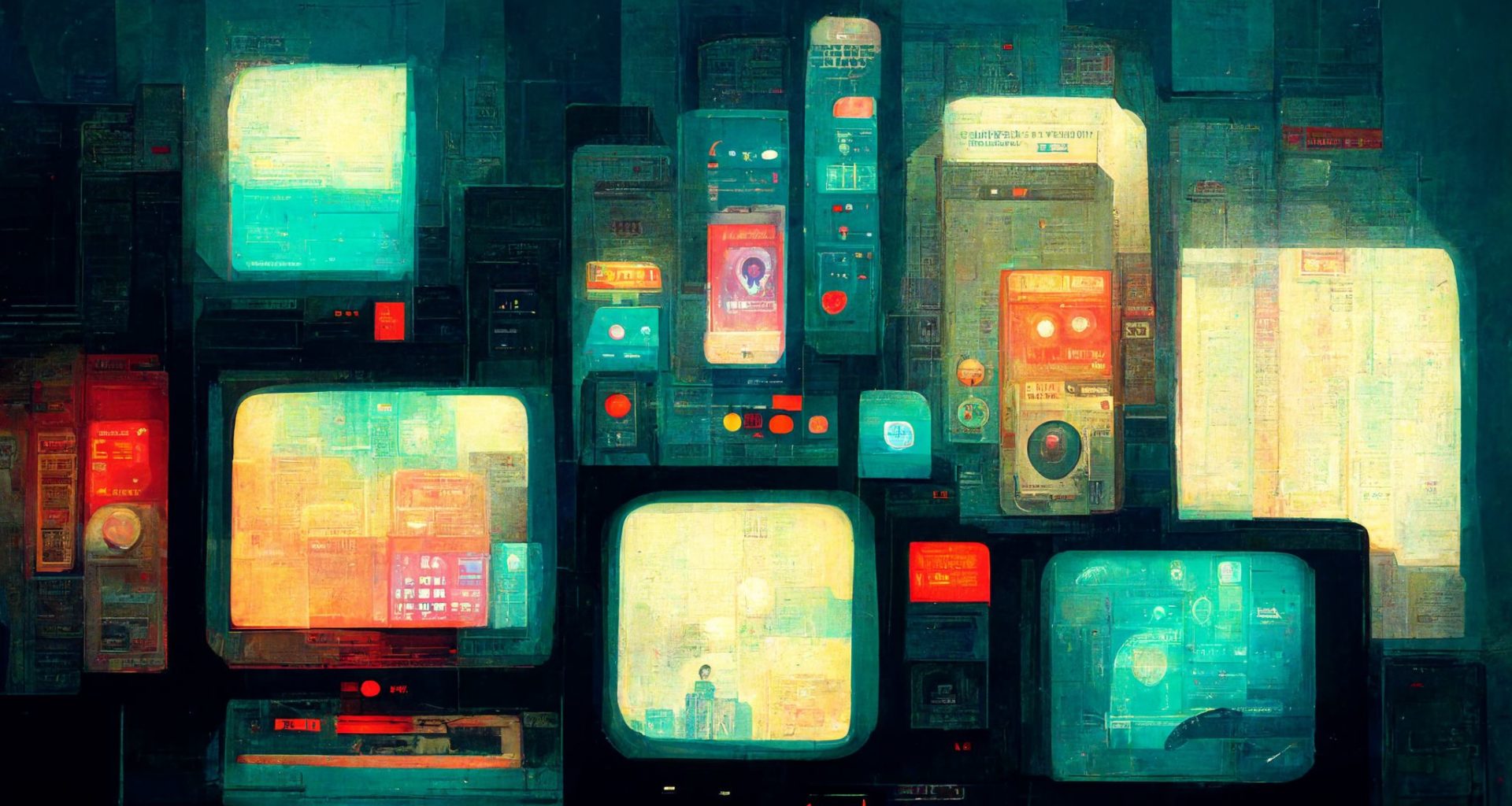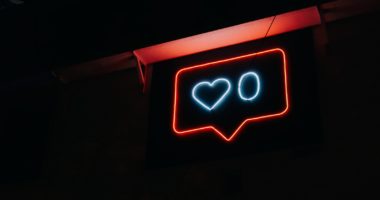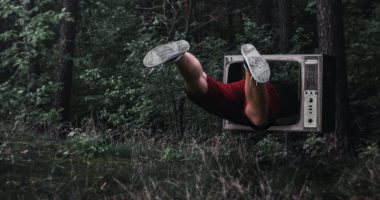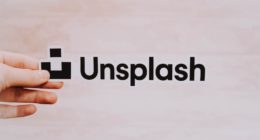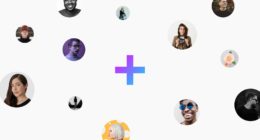As is often the case, it was a discussion in Unsplash’s Slack community that gave me an idea. “Hey, what is the Unsplash take on AI generated art?”, renowned community member Marek Piwnicki with more than 1 billion views on the platform recently asked. “I’m experimenting recently with this technology and submitted this pic that unfortunately was rejected.”
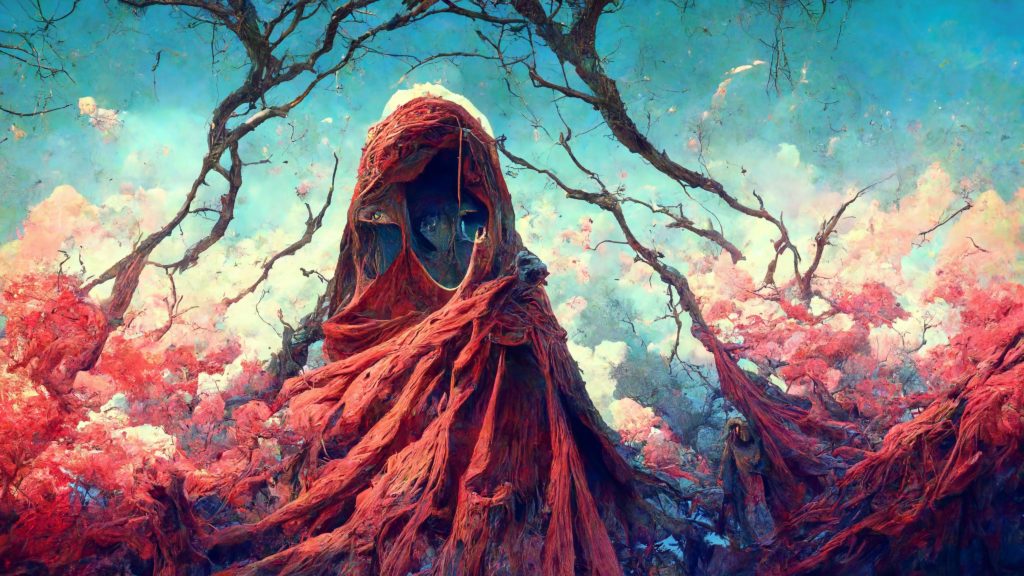
“I was little bit surprised because I’ve seen some examples of AI art published recently. In my opinion, right now, in front of our eyes, we are entering new age of digital art. It would be great strategy for Unsplash to engage early in those changes 🙂 (similar to the awesome move to introduce 3D Renders category 👍”
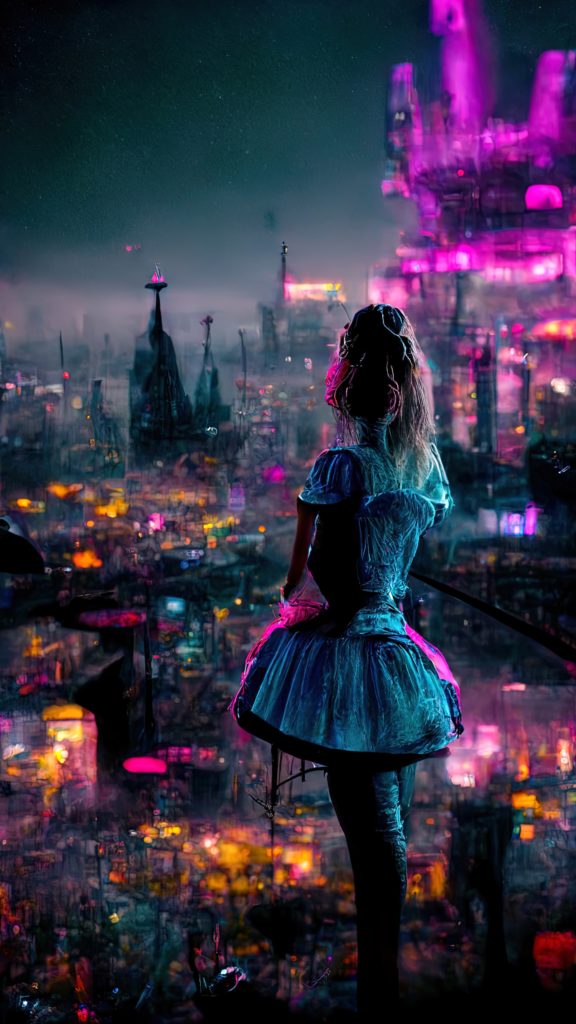
Unfortunately, Unsplash’s head of community, Annie Spratt, is quickly dashing hopes for general adoption of AI imagery. “Nope sorry this isn’t something that we are considering accepting currently.”
Colleague Nik also shares her thoughts with us and addresses a common criticism of AI art. “It kinda comes close to NFTs, personally feel like it’s other people’s artwork, in the main. But happy to have my mind changed on it.”
You can find a small number of images on Unsplash which are neither photographs nor 3D renders.
Pawel Czerwinski, famous for his abstract photography that has earned him a huge reach on Unsplash and beyond, is also speaking out. For some time now, he too has been part of the elite circle of people who can accept or reject images submitted on Unsplash. “There are a few exceptions on Unsplash and you can find a small number of images which are neither photographs nor 3D renders. Feel free to consider them as experimenting with new types of content. But the current guidelines say we accept: photographs and 3D.”
Marek Piwnicki will probably have to be satisfied with these answers – but it quickly becomes clear that the subject is of great concern to him. “I’m personally super-intrigued and excited about AI imagery. In my opinion, though, the technology currently doesn’t deliver good quality end results. And I’m also not the biggest fan of the background of how the images are created. I’ve taken photos and done some 3D stuff – I’m far from claiming they’re amazing. But – at least some of them – took time and effort to make them look like I wanted. AI is something completely different.”
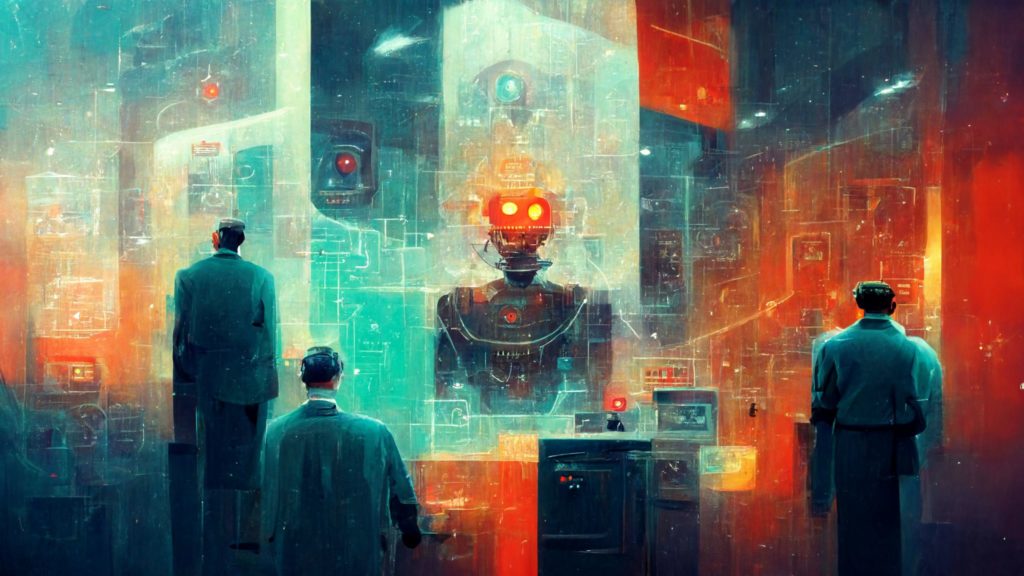
“First… I am more than confused with what is happening right now. On one hand I feel like it is “cheating” to create something nice looking so fast and easy, on the other hand I am amazed with the incredible potential of this technology.”
“Imagine painters in the middle of the 19th century when photography became a thing. They were committing their lives to learn painting and then BAM! one guy with the box and you have the same thing. Same? This is the case. We still have painters, we still have analog/digital photographers, we still have digital artists. We are looking at a new step in the evolution of art. This time we have a new tool (like paint brush or camera lenses) to express ourselves even faster and more precise.”
We are looking at a new step in the evolution of art.
“You can also look at this problem from the recipient perspective. What matters is the end result. I could be generalizing, but when you admire the final result, no matter if this is 3D art, photography or painting, you don’t give a damn about time and effort it took to produce. Emotions that it generates is all that counts (and probably for most of the Unsplash users, the fact if you can use it for free).”
“Lastly, it is not true that you just sit for an hour and generate hundreds of top notch, world class pictures. It takes effort to create something that really makes sense and has good quality. Difference this time you can blend much much more without spending months learning new skills (at the end I’m not sure if this is good or bad though).”
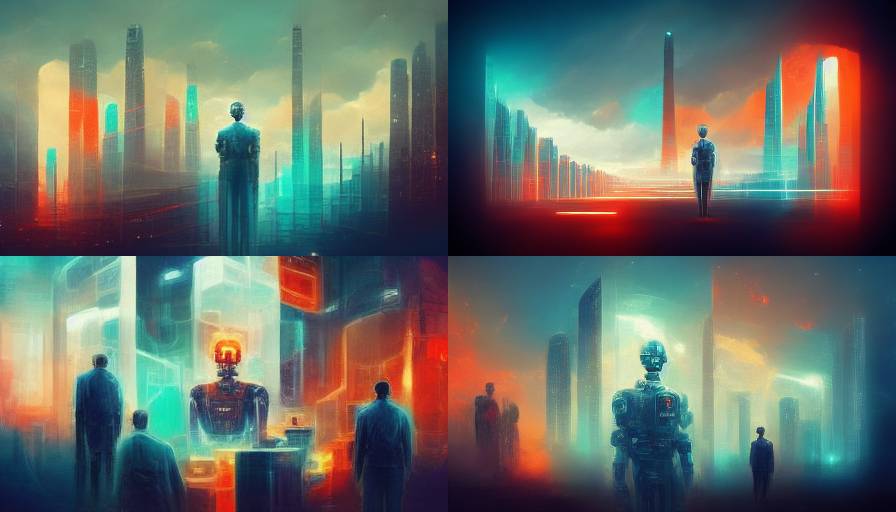
“At the end… I feel an enormous joy of exploring AI art. I’m not publishing my work anywhere else except for Unsplash (and Pexels… but they are second). So if Unsplash says no, I will put the results of this exploration into the drawer for now. Maybe one day you will change your mind, but just be careful not to miss the (r)evolution. Don’t be Kodak.”
Just be careful not to miss the (r)evolution.
Even this argumentation apparently did not convince Unsplash to accept AI images in the near future after all. Also on other platforms like Pexels or Pixabay it looks bad, at least according to my research. So I sat down, bought an account on Midjourney and looked what AI understands by various basic terms that could be used well for stock photos. One WordPress page later, my little stock database is up and running.
On robotspaint.com there are at the moment already more than 300 images on topics like coronavirus or technology or even just images where you can’t decide which one you want to put as your next wallpaper. According to Midjourney’s terms of use, every generated image belongs to me as long as I pay for the service – and I do. Commercial use is also allowed, so I’m even allowed to place ads on the site. By the way, this is not possible with Midjourney alternative DALL-E, because commercial use of the images is prohibited. I focus on images in 16:9 so that they suit as wide a range of use cases as possible.

So get ready to join me on the journey to create what may be the first and largest completely AI-generated stock database. I’m also planning to publish a few blog articles on the subject – which may lead to me neglecting this site even more than I already do. Sorry for that, but I at least don’t want to miss the (r)evolution.
